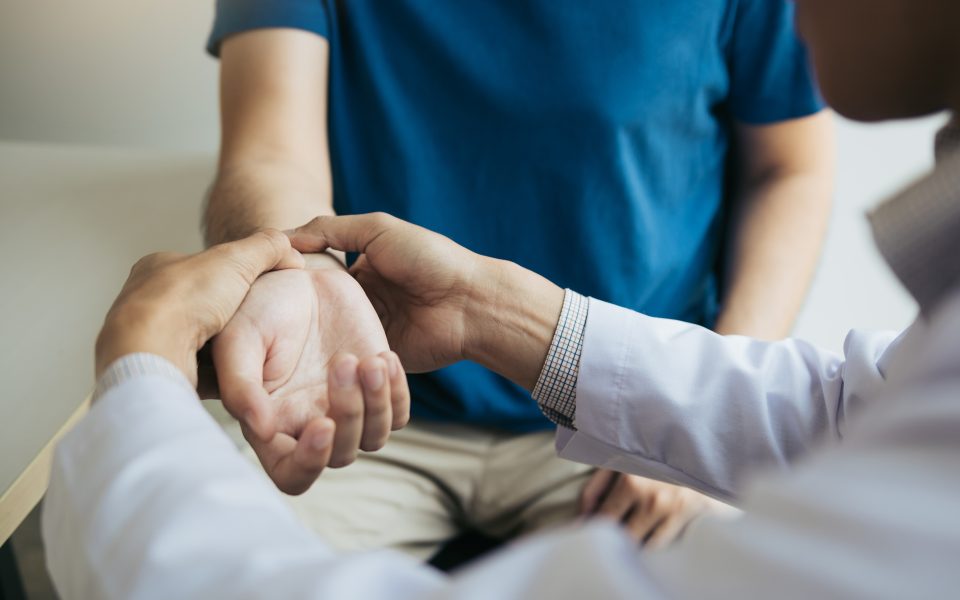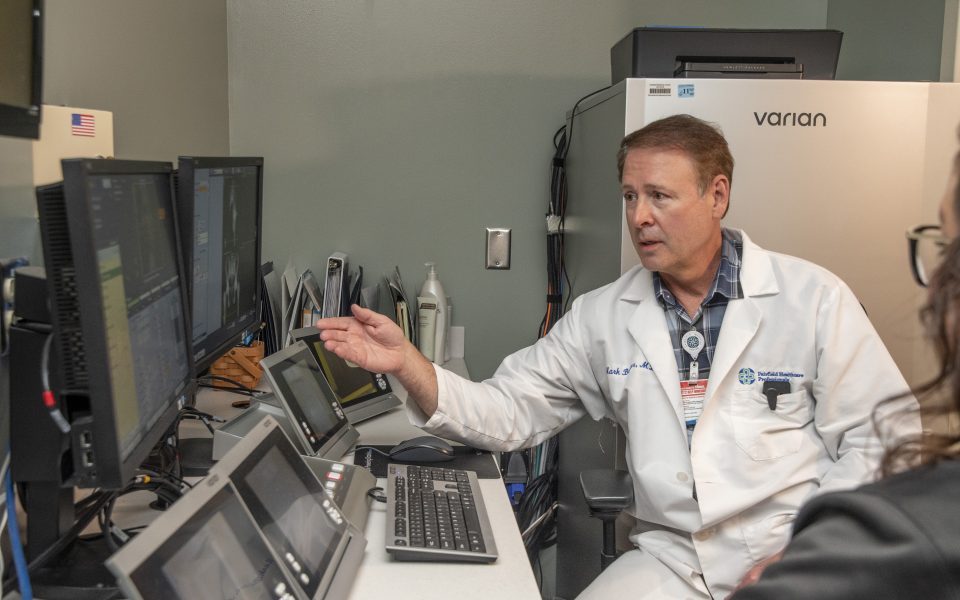Recognizing and Treating Skin Cancer
 With 1 in 5 Americans developing skin cancer in their lifetime, skin cancer is the most common type of cancer and accounts for more diagnoses in the US each year than all other types of cancer combined.
With 1 in 5 Americans developing skin cancer in their lifetime, skin cancer is the most common type of cancer and accounts for more diagnoses in the US each year than all other types of cancer combined.
There are several different types of skin cancer – most of which are treatable, especially when caught early. Our cancer care team is here to offer compassionate care and make sure that your skin cancer is thoroughly checked and treated, and you are able to get back to your life.
If you have an area of concern on your skin, contact your primary care provider or call our Cancer Care team at 740-687-6900.




